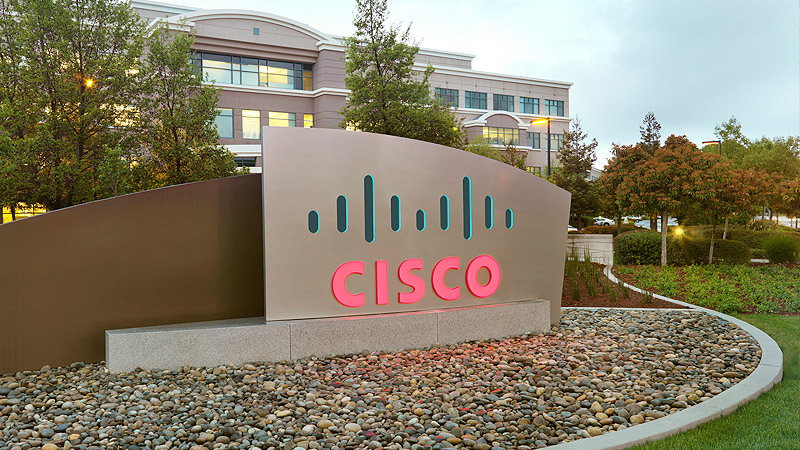MONTEVIDEO, Uruguay, November 16, 2011 – Cisco and the Uruguayan government announced today the results of the Cisco Broadband Barometer, reporting a growth of more than 23 percent in the number of fixed broadband connections in Uruguay as of December 2010, positioning Uruguay in first place of broadband penetration in Latin America.
During 2010, 78,000 fixed broadband connections were added, and the country reached a broadband penetration of 12.32 percent, the highest in Latin America, leaving Argentina in the second place with 11.71percent and Chile in the third place with 10.78 percent.
According to the study, commissioned by Cisco and carried out by IDC, mobile broadband grew 132 percent in the year, with more than 337,877 connections by the end of 2010, concentrated mostly in the residential segment.
The increase in both fixed and mobile broadband connections in the country was propelled by the development of high-speed connectivity in the residential segment, as well as by the impact of the Ceibal plan of the Uruguayan government. The plan has a goal of handing out a free laptop with broadband connection to every public school student and teacher in order to bridge the digital gap, generate inclusion and provide more access to education.
According to the IDC study, social networks have been an important accelerator of the Internet market in Uruguay, as have new devices, smart phones and tablets, along with the exponential growth of laptops.
Highlights
- More than a quarter (28 percent) of the residences in Uruguay have a broadband connection.
- Three-quarters (75 percent) of the fixed broadband connections are concentrated in the Capital District. The other quarter are in the rest of the country.
- Almost the half (42.5 percent) of the broadband connections correspond to speeds between 512 kilobits and 1 megabit per second, while 33.8 percent correspond to connections higher than 1 Mbps.
- During 2010, the speeds offered were incremented (both minimum and maximum) generating a reduction of the relative price of the service. The average price of the 4 MB service in January 2010 was $84.19 (USD) while in the same month in 2011, 5MB cost $75.80.
- During the last year mobile broadband connections grew 132 percent.
- Mobile broadband services continue to be adopted in the interior of the country due to network infrastructure developments. Almost the half (48 percent) of the mobile broadband connections are concentrated in Montevideo, and the other half (52 percent) in the rest of the country.
Ceibal Plan Relevant Data:
• Three out of four schools in Uruguay have a connection within the Ceibal plan.
• It is estimated that the number of active users has grown 8 percent in the last year.
• The number of active users among all students exceeded 55 percent in the same period.
• In December 2010, the Ceibal plan reached 336,537 users. This represents 10.2 percent of the population in Uruguay.
Supporting Quotes:
Juan Uranga, regional sales manager, Cisco
"Uruguay was the first country in Latin America to implement a solid strategy with the aim of increasing the broadband connectivity and to thus achieve a higher citizen inclusion in the knowledge society, sustainable economic growth and productivity increases."
Some Links:
About Barometer
Cisco Broadband Barometer is a Cisco initiative to promote and encourage broadband connectivity in Latin America. It sets goals regarding the number of connections, establishes a periodical measurement of progress, publishes these results, and develops strategies with service providers and governments.
Currently, Cisco Barometer measures broadband growth in Argentina, Chile, Brazil, Colombia, Costa Rica, Venezuela, Peru and Uruguay. The Barometer has been supported in each case by the national government.
About Cisco
Cisco (NASDAQ: CSCO) is the worldwide leader in networking that transforms how people connect, communicate and collaborate. Information about Cisco can be found at http://www.cisco.com. For ongoing news, please go to http://newsroom.cisco.com.
# # #
Cisco and the Cisco logo are trademarks or registered trademarks of Cisco and/or its affiliates in the U.S. and other countries. A listing of Cisco's trademarks can be found at www.cisco.com/go/trademarks. Third-party trademarks mentioned are the property of their respective owners. The use of the word partner does not imply a partnership relationship between Cisco and any other company.



